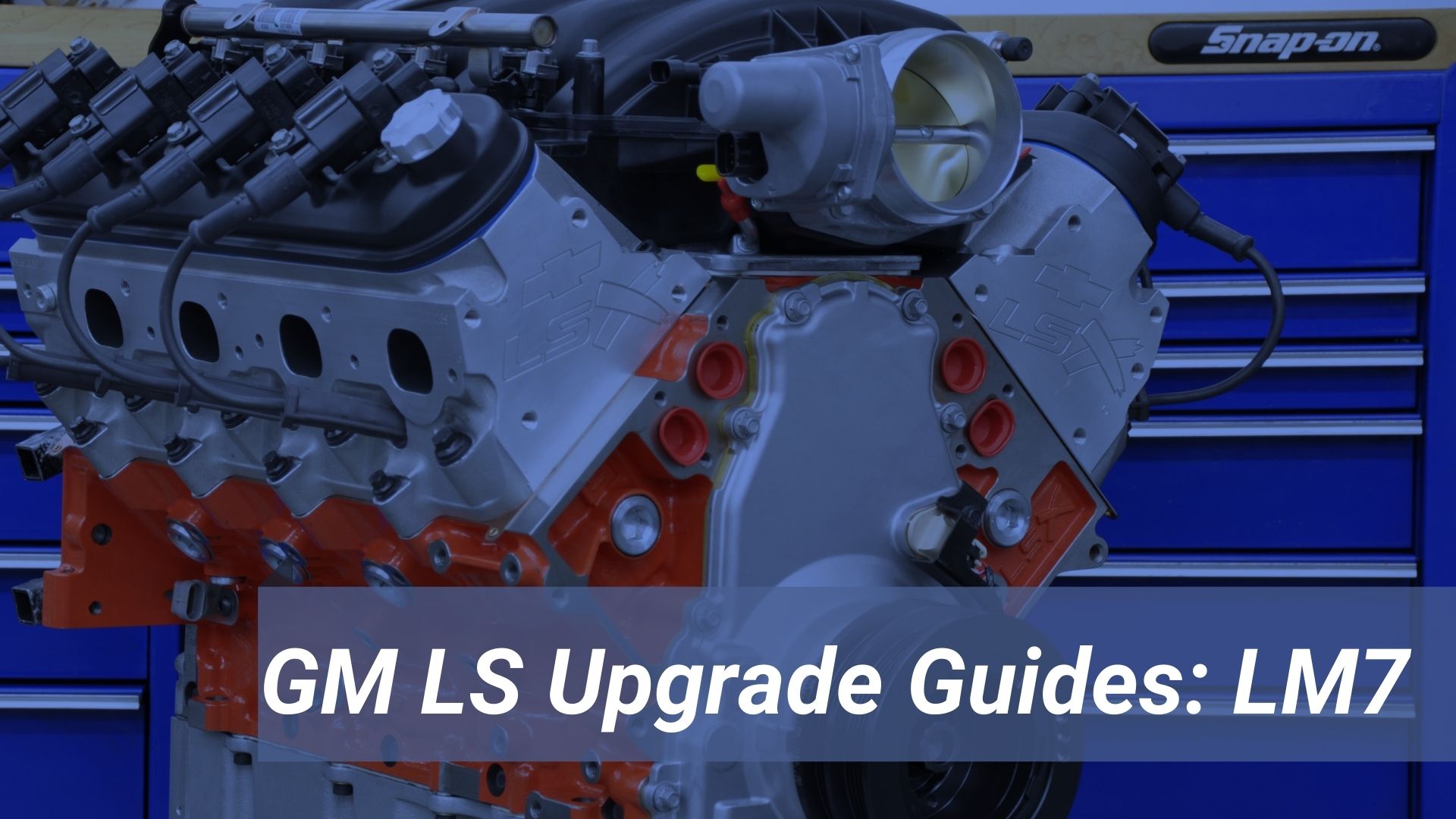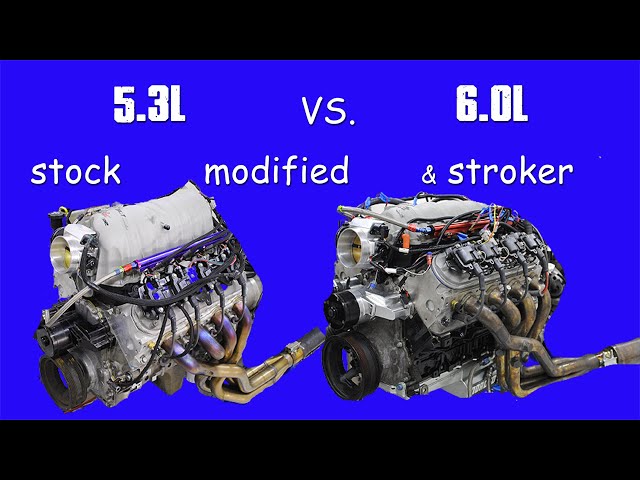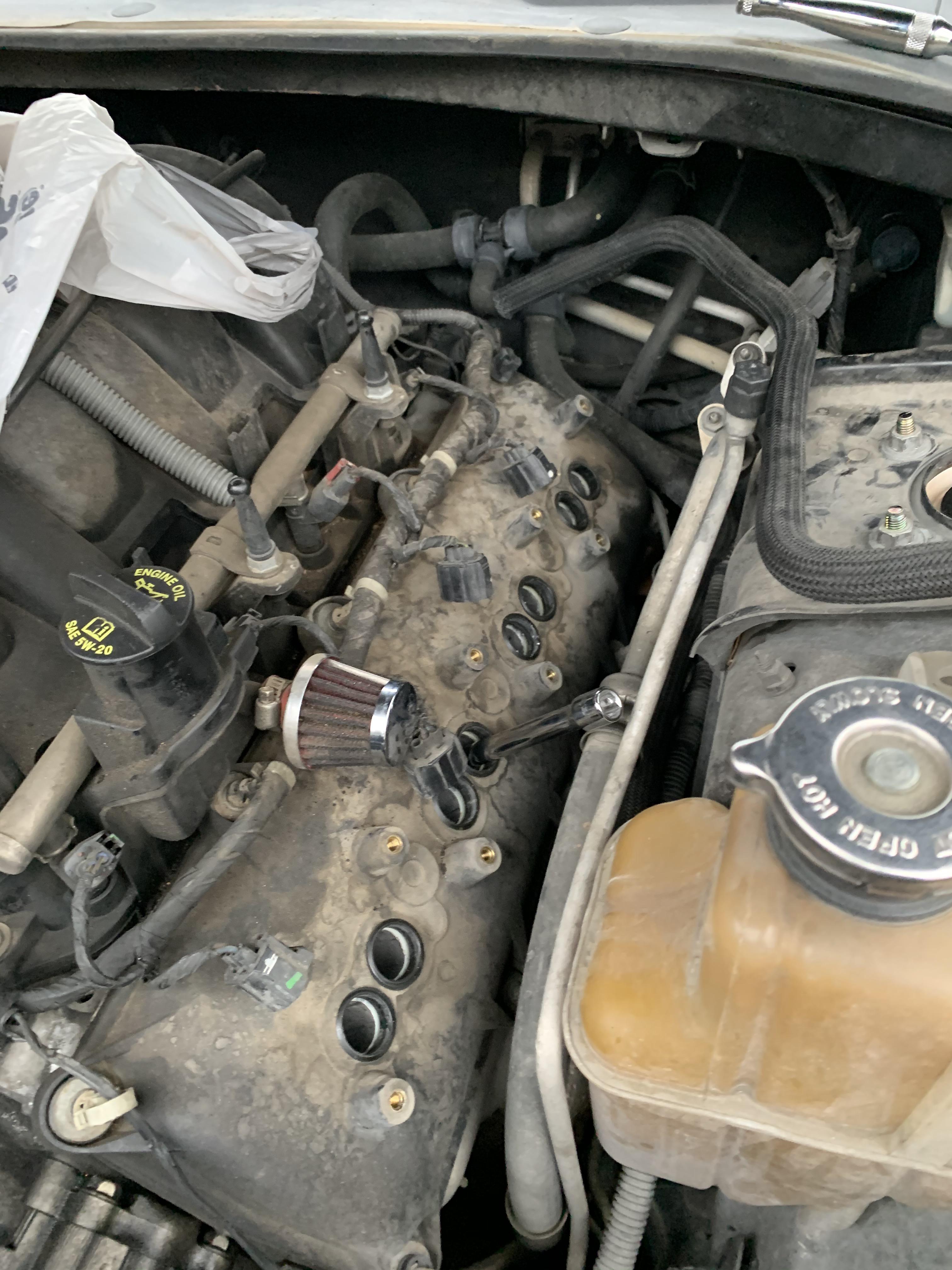If you've recently performed a camshaft swap on your 5.3-liter engine, congratulations! You're likely excited about the potential power gains and improved performance. However, tuning your engine after a cam swap is crucial to ensure optimal operation, drivability, and longevity. In this detailed guide, we'll walk you through the essential steps for tuning your 5.3 after a camshaft upgrade.
1. Check Engine Oil and Quality
Before diving into tuning, start by checking your engine's oil level and quality. Fresh, clean oil is essential for proper lubrication and cooling. If necessary, change the oil to ensure your engine is operating at its best.
2. Inspect Pulleys and Belts
Cam swaps can put additional stress on your engine's accessories. Inspect all pulleys and belts, ensuring they're in good condition. Adjust or replace any worn-out components to prevent belt slippage or other issues.
3. Clean the Camshaft Position Sensor
The camshaft position sensor plays a crucial role in engine timing. Locate it (usually near the camshaft) and clean it with a rag soaked in rubbing alcohol. A clean sensor ensures accurate timing signals.
4. Disconnect the Negative Battery Cable
Safety first! Unplug the negative battery cable to prevent electrical shorts while working on your engine. This step is essential to avoid accidental damage during the tuning process.
5. Understanding Idle Tuning
Idle tuning is critical after a cam swap. Start by adjusting the idle speed to a higher RPM (around 750-900 RPM) to prevent stalling. Then, focus on the idle airflow tables. Add 1-2 g/s of air to the 104°F+ columns in the Base Running Airflow parameter[^6^].
6. VE Tuning
The stock VE (Volumetric Efficiency) table won't be accurate for your new camshaft. Grab a wideband oxygen sensor and switch to speed density mode. Begin tuning the VE table, adjusting fuel delivery based on real-world data. VE tuning ensures proper air-fuel ratios across different engine loads and speeds[^7^].
7. Spark Advance Tables
Cam swaps alter the engine's combustion characteristics. Adjust the spark advance tables to match your new cam's requirements. Start with conservative values (around 18-20 degrees) and fine-tune based on performance and knock feedback.
8. Startup Airflow Table
Modify the startup airflow table by adding 10 to the entire table. Observe how the engine responds during cold starts and adjust accordingly. Smooth out any rough idling during startup.
9. Cranking Spark and Fuel Tables
Check the cranking spark and fuel tables. Make necessary changes to ensure smooth engine cranking and startup. These tables affect how the engine behaves during ignition.
10. Overspeed and Underspeed Tables
Control the camshaft sound by adjusting the overspeed and underspeed tables. Modify the spark limit to achieve the desired exhaust note. Remember that performance cams won't provide a stock-like idle, so embrace the unique sound of your upgraded engine[^3^].
Conclusion
Tuning a 5.3 after a cam swap requires patience, attention to detail, and real-world testing. While online resources and tutorials can guide you, remember that every engine is unique. Trust your instincts, monitor your wideband readings, and make incremental adjustments. With proper tuning, your 5.3 will deliver the power and performance you desire.
Remember to consult your specific engine management system's documentation and seek professional help if needed. Happy tuning!




